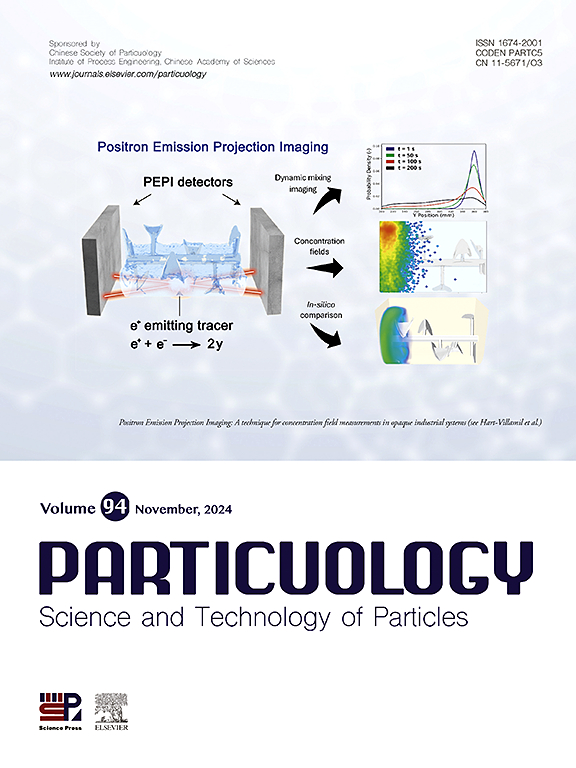A review of airborne microorganism transmission and control in household indoor air
IF 4.1
2区 材料科学
Q2 ENGINEERING, CHEMICAL
引用次数: 0
Abstract
People spend the majority of their time indoors. Indoor airborne microorganisms, comprised of airborne particles containing fungi, bacteria, and virus present a significant concern in household environment due to their potential implications for indoor air quality and human health. This review synthesizes recent advancements in the fields of indoor air quality science, microbiology, and environmental engineering, providing insights into the sources, concentrations, transmission, influencing factors and control technology of indoor airborne microorganisms in residential environments. Factors such as occupant activities, pets, indoor temperature, humidity, and ventilation systems are critical in shaping the patterns and quantities of these microorganisms.

家庭室内空气中空气微生物的传播与控制研究进展
人们大部分时间都呆在室内。室内空气微生物由含有真菌、细菌和病毒的空气颗粒组成,由于其对室内空气质量和人体健康的潜在影响,在家庭环境中引起了重大关注。本文综述了室内空气质量科学、微生物学和环境工程等领域的最新进展,对居住环境室内空气微生物的来源、浓度、传播、影响因素和控制技术等方面进行了综述。诸如居住者的活动、宠物、室内温度、湿度和通风系统等因素对于形成这些微生物的模式和数量至关重要。
本文章由计算机程序翻译,如有差异,请以英文原文为准。
求助全文
约1分钟内获得全文
求助全文
来源期刊

Particuology
工程技术-材料科学:综合
CiteScore
6.70
自引率
2.90%
发文量
1730
审稿时长
32 days
期刊介绍:
The word ‘particuology’ was coined to parallel the discipline for the science and technology of particles.
Particuology is an interdisciplinary journal that publishes frontier research articles and critical reviews on the discovery, formulation and engineering of particulate materials, processes and systems. It especially welcomes contributions utilising advanced theoretical, modelling and measurement methods to enable the discovery and creation of new particulate materials, and the manufacturing of functional particulate-based products, such as sensors.
Papers are handled by Thematic Editors who oversee contributions from specific subject fields. These fields are classified into: Particle Synthesis and Modification; Particle Characterization and Measurement; Granular Systems and Bulk Solids Technology; Fluidization and Particle-Fluid Systems; Aerosols; and Applications of Particle Technology.
Key topics concerning the creation and processing of particulates include:
-Modelling and simulation of particle formation, collective behaviour of particles and systems for particle production over a broad spectrum of length scales
-Mining of experimental data for particle synthesis and surface properties to facilitate the creation of new materials and processes
-Particle design and preparation including controlled response and sensing functionalities in formation, delivery systems and biological systems, etc.
-Experimental and computational methods for visualization and analysis of particulate system.
These topics are broadly relevant to the production of materials, pharmaceuticals and food, and to the conversion of energy resources to fuels and protection of the environment.
 求助内容:
求助内容: 应助结果提醒方式:
应助结果提醒方式:


